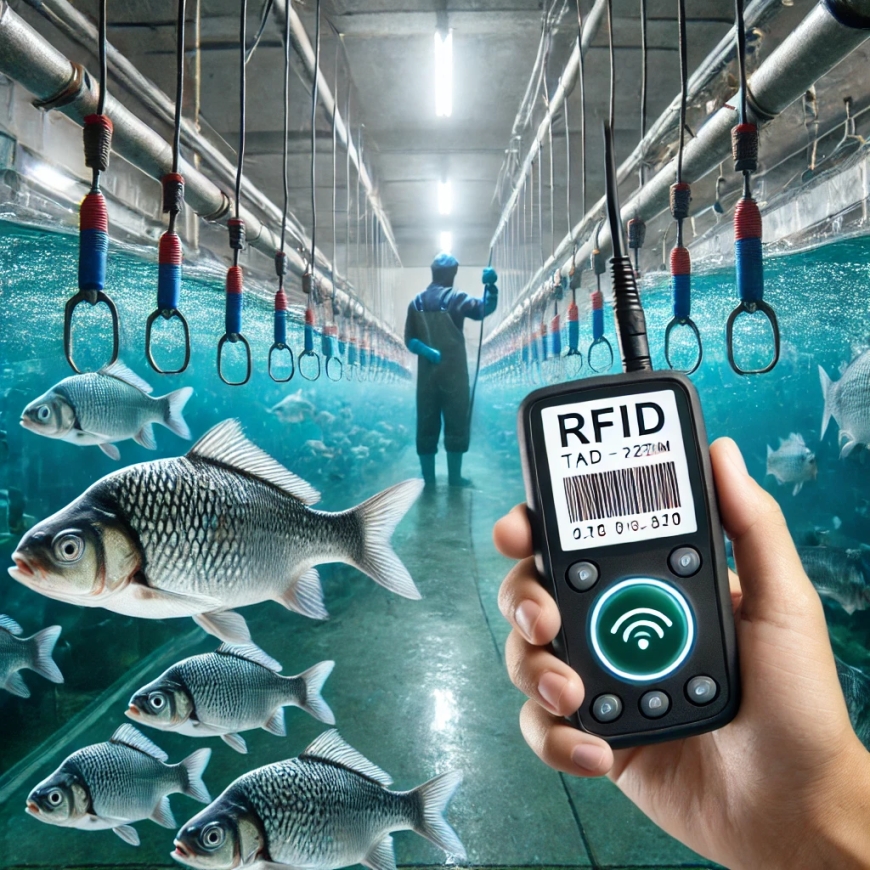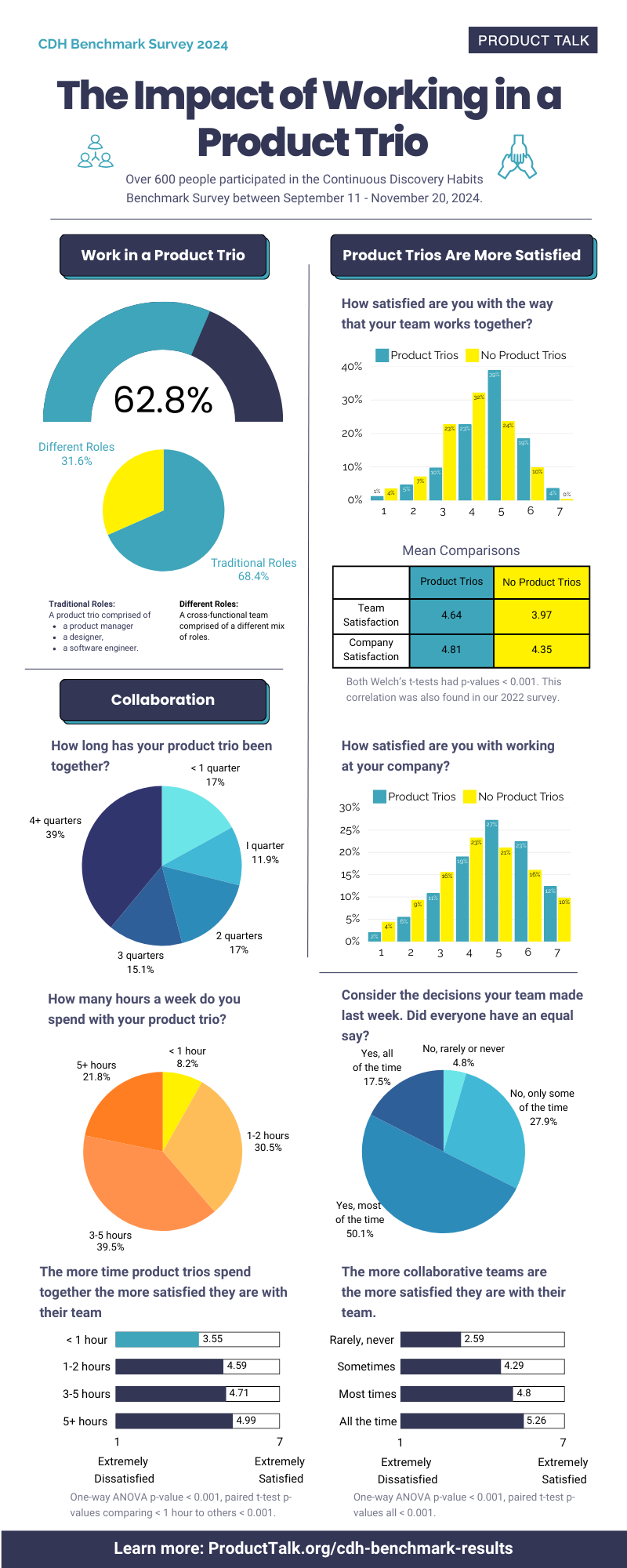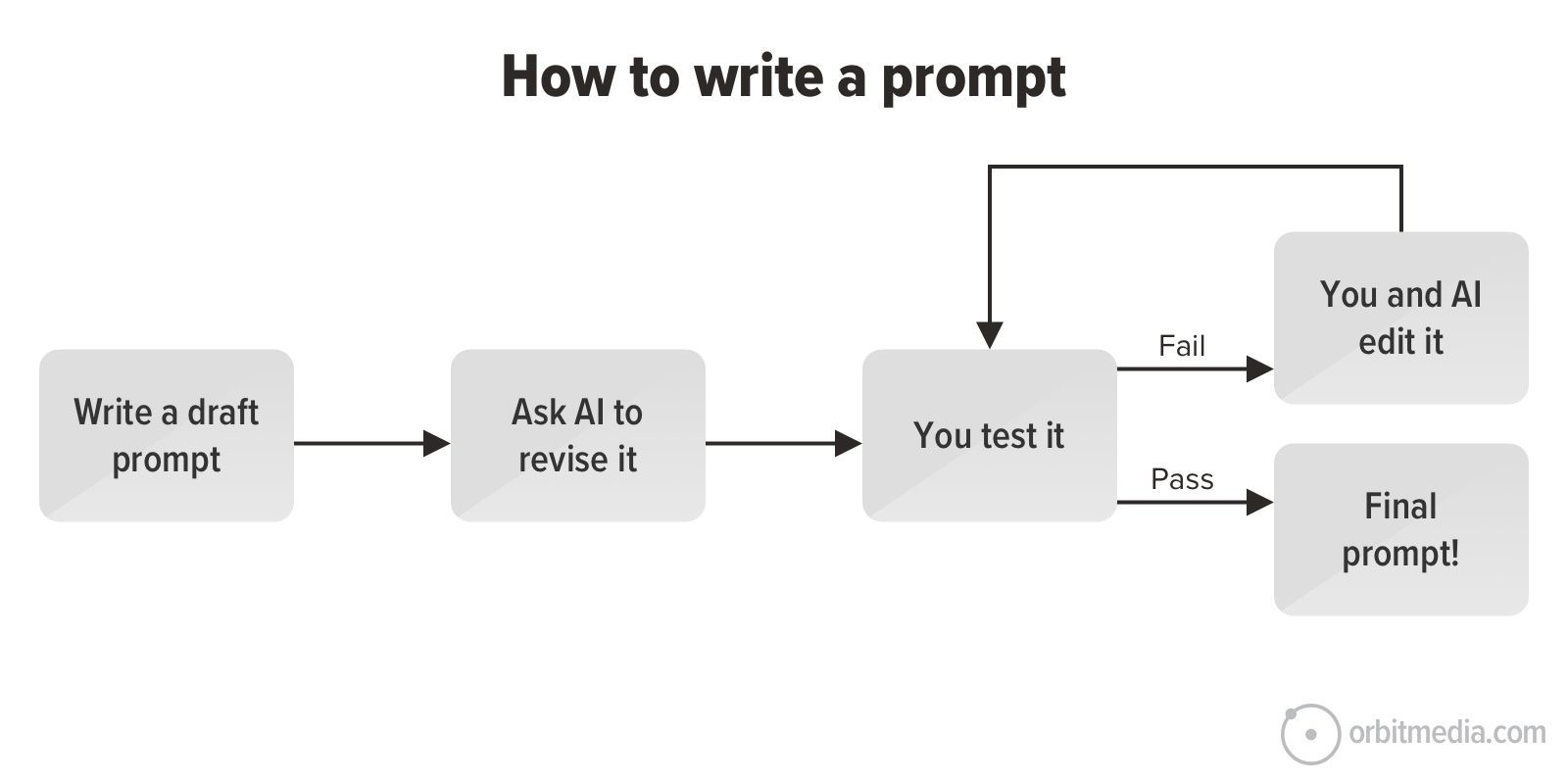RFID Tag Reader: How It Works, Types, and Top Applications
Discover how an RFID tag reader works, its different types, key benefits, and real-world applications. Learn how businesses leverage RFID technology for efficiency.

Introduction
Radio-Frequency Identification (RFID) technology has revolutionized industries by enabling seamless tracking, security, and automation. At the heart of this system is the RFID tag reader, a device that wirelessly communicates with RFID tags to capture and transmit data.
From retail inventory management to contactless payment systems, RFID readers enhance efficiency, accuracy, and security.
What Is an RFID Tag Reader?
An RFID tag reader (also called an RFID interrogator) is a device that uses radio waves to identify, track, and manage tagged items. It consists of an antenna and a transceiver, which sends signals to RFID tags and receives their responses.
Unlike barcodes, RFID tags don’t require line-of-sight scanning, allowing for faster and more efficient data collection.
How Does an RFID Tag Reader Work?
-
Signal Transmission: The RFID reader emits radio waves via its antenna.
-
Tag Activation: When an RFID tag enters the reader’s range, it absorbs energy from the signal (passive tags) or uses its own power source (active tags).
-
Data Exchange: The tag sends back stored information (e.g., a unique ID or product details).
-
Data Processing: The reader decodes the information and transmits it to a backend system (e.g., inventory software).
Types
RFID readers vary based on frequency, mobility, and application.
1. By Frequency
-
Low-Frequency (LF) RFID Readers (125-134 kHz)
-
Short read range (up to 10 cm)
-
Used in animal tracking and access control
-
High-Frequency (HF) RFID Readers (13.56 MHz)
-
Medium range (up to 1 meter)
-
Common in NFC payments, library systems
-
Ultra-High-Frequency (UHF) RFID Readers (860-960 MHz)
-
Long-range (up to 12 meters)
-
Ideal for retail inventory and logistics
2. By Mobility
-
Fixed RFID Readers
-
Permanently installed (e.g., warehouse doorways)
-
High read accuracy for automated tracking
-
Handheld RFID Readers
-
Portable, used for on-the-go scanning
-
Common in retail stock-taking and asset management
-
Integrated RFID Readers
-
Built into devices like smartphones or tablets
-
Used in mobile payment and smart access systems
Key Benefits
-
Efficiency & Speed
-
Scans multiple tags simultaneously (unlike barcodes).
-
Reduces manual labor in inventory checks.
-
Improved Accuracy
-
Minimizes human error in data entry.
-
Enhanced Security
-
Encrypted tags prevent counterfeiting (used in pharmaceuticals).
-
Cost Savings
-
Reduces labor costs and stock discrepancies.
Real-World Applications of RFID Tag Readers
1. Retail & Inventory Management
-
Walmart and Amazon use UHF RFID to track inventory in real time, reducing stockouts.
2. Supply Chain & Logistics
-
DHL and FedEx use RFID for package tracking, improving delivery accuracy.
3. Healthcare
-
Hospitals track medical equipment and patient wristbands for better asset management.
4. Access Control & Security
-
RFID-enabled keycards in offices and hotels enhance security.
5. Smart Manufacturing
-
Factories use RFID for real-time tracking of parts and tools.
Future Trends in RFID Technology
-
IoT Integration
-
RFID readers will connect with IoT devices for smarter asset tracking.
-
Battery-Free Sensors
-
New passive RFID tags with sensing capabilities (temperature, humidity).
-
Blockchain for Supply Chain
-
Combining RFID with blockchain ensures tamper-proof tracking.
Conclusion
The RFID tag reader is a powerful tool driving automation and efficiency across industries. Whether it’s for retail inventory, logistics, or security, RFID technology offers unmatched benefits in speed, accuracy, and cost savings.
As advancements like IoT and AI continue to evolve, RFID systems will become even more integral to smart business operations.
.









































































































![Building A Digital PR Strategy: 10 Essential Steps for Beginners [With Examples]](https://buzzsumo.com/wp-content/uploads/2023/09/Building-A-Digital-PR-Strategy-10-Essential-Steps-for-Beginners-With-Examples-bblog-masthead.jpg)














![How to Use GA4 to Track Social Media Traffic: 6 Questions, Answers and Insights [VIDEO]](https://www.orbitmedia.com/wp-content/uploads/2023/06/ab-testing.png)









![Technical Sourcer [United Kingdom] at Olo](
https://nodesk.co/remote-companies/assets/logos/olo.e9c56827507b669046f71750846f8032542be84192a2248413f8421b2e5a2769.jpg
)


























